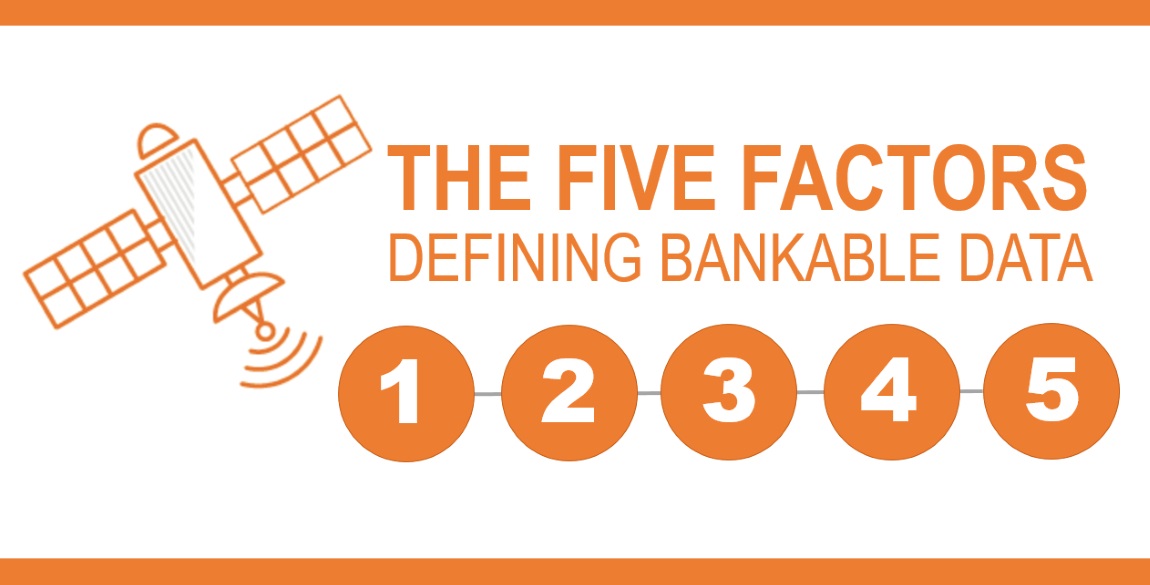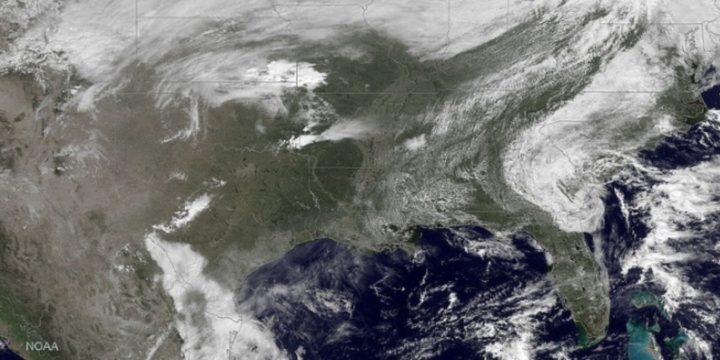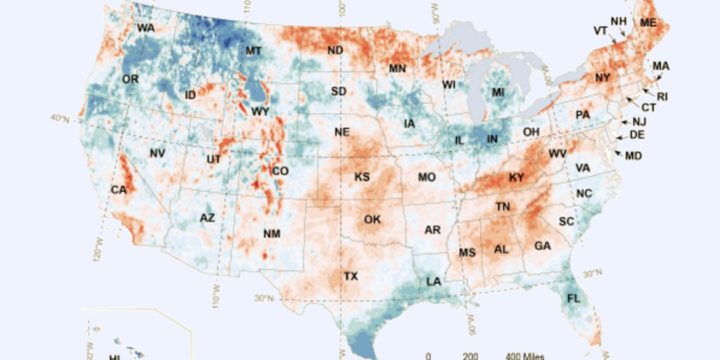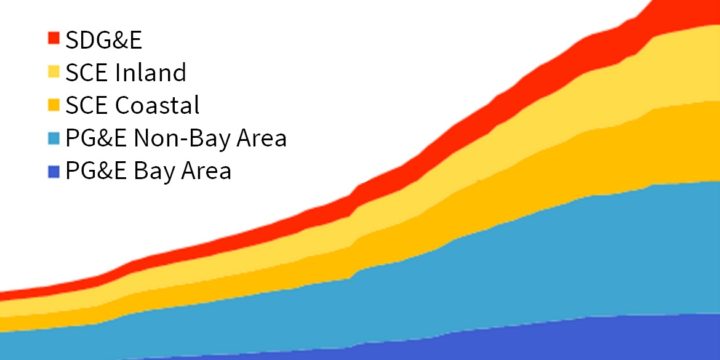Bankable solar irradiance data is crucial to minimizing cost of capital for solar projects. Check out this infographic to find out what you need to know when selecting resource data. Want to see the infographic in full size? Download it now: Download...
Author:
SolarAnywhere Posts
Quantifying the “variability” in variable solar energy forecasts
Utilities and grid operators need to procure and provide generation sources for anticipated load demands. As both grid connected and behind-the-meter photovoltaic (PV) systems continue to grow in number, total system load, including the load being served by solar, is...
The proof is in: Integrating PV into the grid is better with behind-the-meter solar forecasts
In recent years, Clean Power Research created a solar forecast method to accurately predict power production of “invisible,” behind-the-meter PV systems—typically those found on homes and commercial buildings. In our approach, forecasts are generated by simulating the...
Solar Power International 2015: Solar in Disneyland
Disneyland provided the backdrop for the Solar Power International (SPI) conference in Anaheim this year. As the biggest solar-focused conference in the U.S., exhibiting at SPI provides a great opportunity to find out firsthand what is on the mind of the industry—that...
West vs. south: Why change the orientation of your solar PV system
Originally published in the March/April issue of Solar Today. Within the solar industry, it's common knowledge that the optimal orientation of solar photovoltaic (PV) panels in the Northern Hemisphere is typically south, to maximize electricity production over the...
UVIG technical achievement award presented to Tom Hoff
Last week, the Utility Variable-Generation Integration Group (UVIG) recognized Tom Hoff, Clean Power Research founder and president of Research and Consulting, with an award for his ongoing contributions to solar forecasting. The ability to forecast the output of tens...
When it comes to solar resources, 2014 was anything but average
Solar resources naturally vary from year to year, and 2014 was no exception. While the 2014 average monthly solar resource map shows expected patterns, with the greatest energy output in the southwest, the real story is revealed by the PV power variance map. The PV...
Solar forecasting goes “EPIC”
Itron and Clean Power Research are embarking on the next phase of research that will lead to high-fidelity distributed solar photovoltaic (PV) forecasts, and integration of those forecasts into net load forecasts for the California Independent System Operator (ISO)....
Understanding PV variability: Affects of the 2014 California monsoon
While we all know that the energy production of solar PV systems can vary temporally on the short term (e.g., hourly and daily basis), monthly to annual variability can significantly affect the ongoing status of a developed PV solar asset. For developers and owners of...








